
SI Solutions Expands Structural Engineering Expertise and Adds Controls Engineering Division with the Acquisition of SC Solutions, Inc.
CHARLOTTE, NC – SI Solutions is pleased to announce the purchase of SC Solutions, Inc.,

CHARLOTTE, NC – SI Solutions is pleased to announce the purchase of SC Solutions, Inc.,
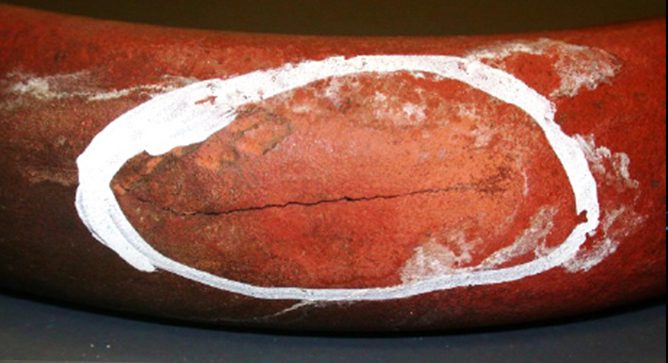
Strain-Induced Precipitation Hardening, also known as SIPH, is a commonly misinterpreted boiler tube failure mechanism

By: Terry Totemeier A client recently ordered a Type 316 stainless steel pipe coupling fitting

At Structural Integrity Associates (SIA), we take cybersecurity very seriously for ourselves and our clients,

Structural Integrity Associates, Inc. (SIA) is pleased to announce the addition of Daniel (Dan) Patten
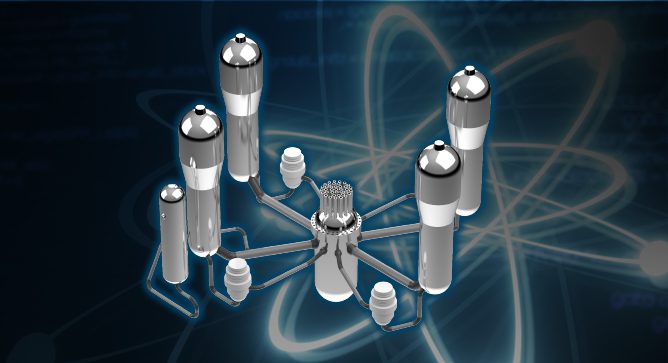
IN PRESSURIZED WATER REACTOR (PWR) COOLANT SYSTEMS By: John Hayden and Jason Van Velsor The
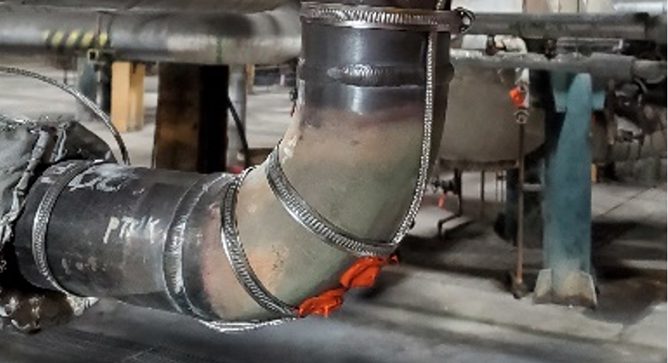
Traditional nondestructive examination (NDE) activities are planned based on hours of service, number of load
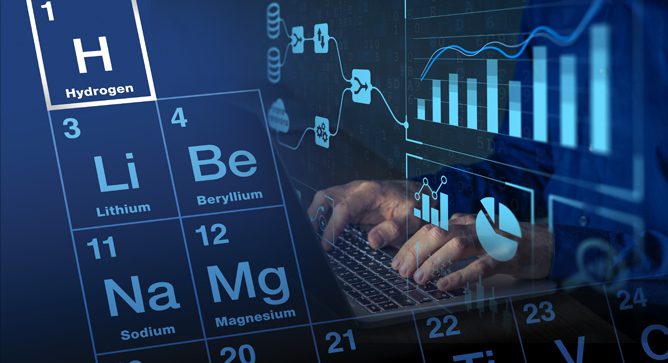
By: Scott Riccardella, Owen Malinowski and Chris Tipple Several pipeline operators have established pilot demonstration
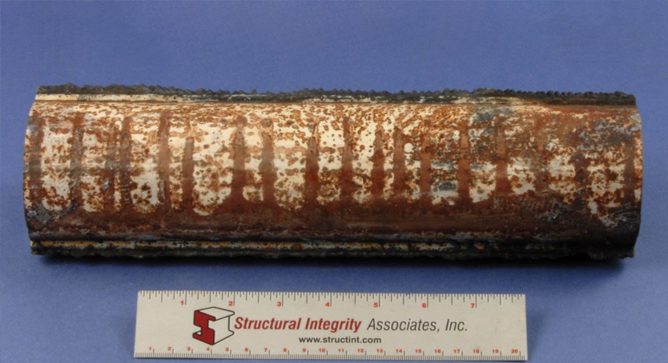
CIRCUMFERENTIAL THERMAL FATIGUE IN CONVENTIONAL WATERWALL TUBES By: Wendy Weiss Circumferential Thermal Fatigue damage in

Structural Integrity Associates, Inc. (SIA) is pleased to announce the appointment of Michael Battaglia as